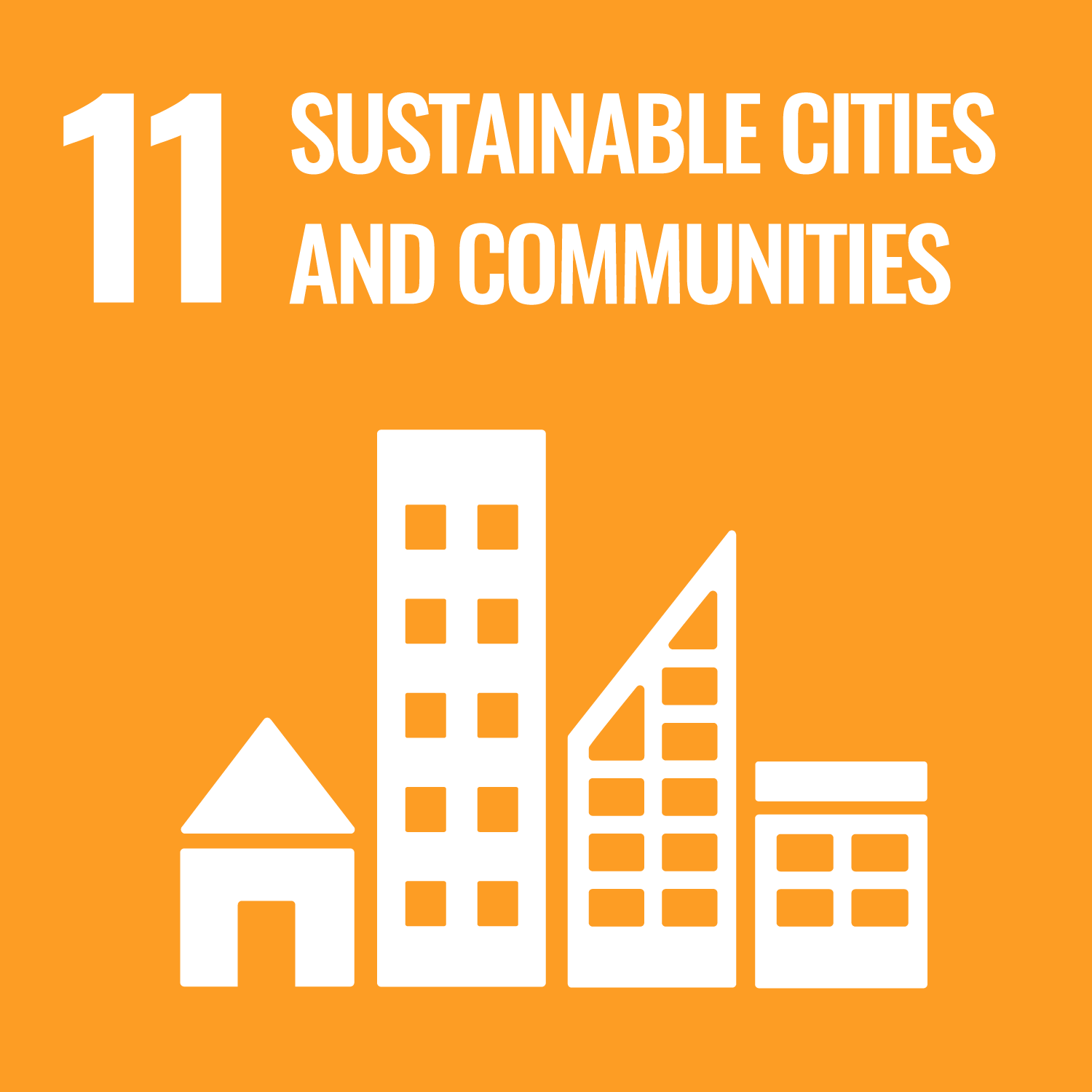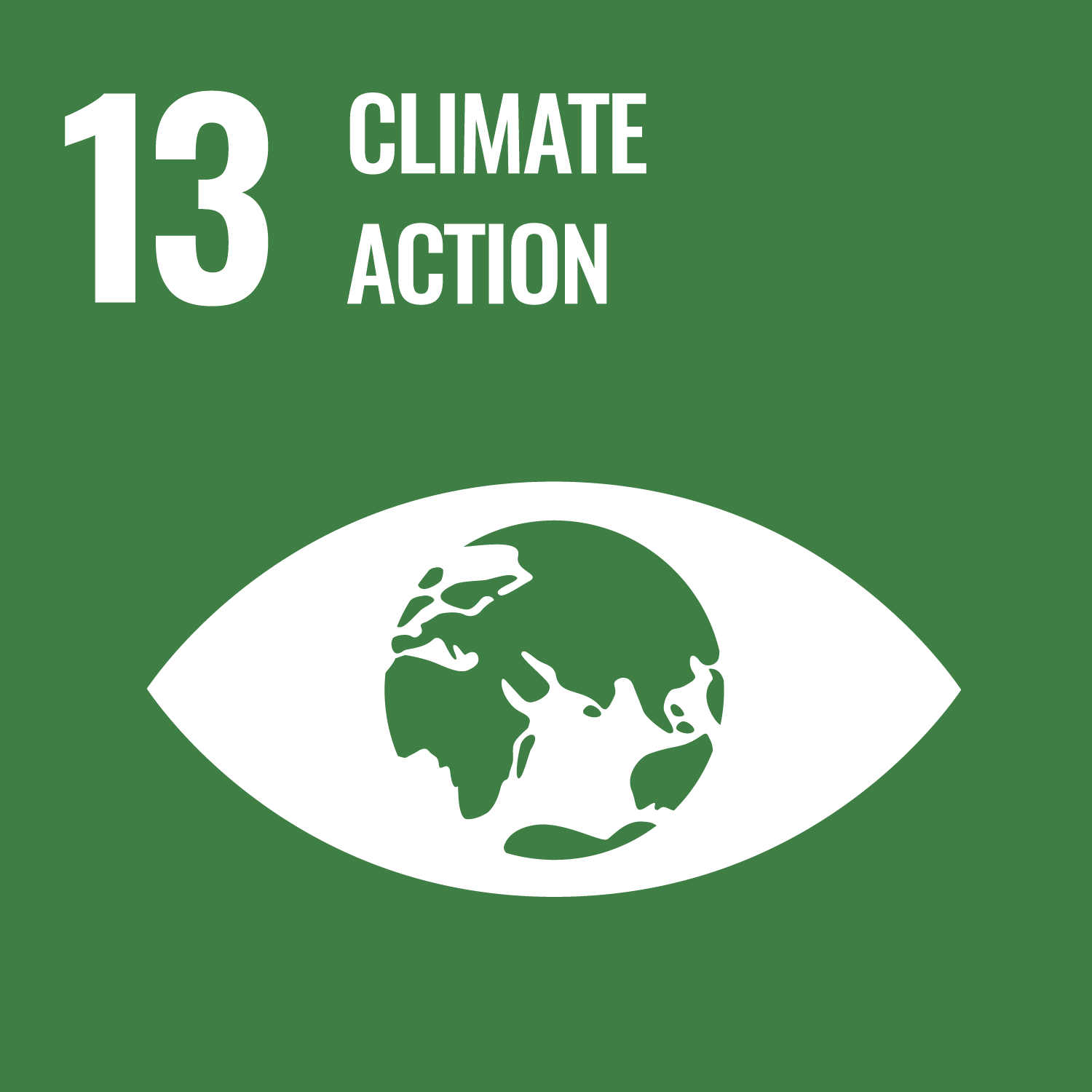ORCID
- Robert Puschendorf: 0000-0002-8105-171X
Abstract
Amphibians are the most threatened species-rich vertebrate group, with species extinctions and population declines occurring globally, even in protected and seemingly pristine habitats. These ‘enigmatic declines’ are generated by climate change and infectious diseases. However, the consequences of these declines are undocumented as no baseline ecological data exists for most affected areas. Like other neotropical countries, Costa Rica, including Área de Conservación Guanacaste (ACG) in north-western Costa Rica, experienced rapid amphibian population declines and apparent extinctions during the past three decades. To delineate amphibian diversity patterns within ACG, a large-scale comparison of multiple sites and habitats was conducted. Distance and time constrained visual encounter surveys characterised species richness at five sites—Murciélago (dry forest), Santa Rosa (dry forest), Maritza (mid-elevation dry-rain forest intersect), San Gerardo (rainforest) and Cacao (cloud forest). Furthermore, species-richness patterns for Cacao were compared with historic data from 1987–8, before amphibians declined in the area. Rainforests had the highest species richness, with triple the species of their dry forest counterparts. A decline of 45% (20 to 11 species) in amphibian species richness was encountered when comparing historic and contemporary data for Cacao. Conservation efforts sometimes focus on increasing the resilience of protected areas, by increasing their range of ecosystems. In this sense ACG is unique containing many tropical ecosystems compressed in a small geographic space, all protected and recognised as a UNESCO world heritage site. It thus provides an extraordinary platform to understand changes, past and present, and the resilience of tropical ecosystems and assemblages, or lack thereof, to climate change.
DOI Link
Publication Date
2023-11-27
Publication Title
PeerJ – the Journal of Life & Environmental Sciences
ISSN
2167-8359
Acceptance Date
2023-09-08
Deposit Date
2023-09-14
Embargo Period
2023-11-28
Recommended Citation
Edwards, A., Harrison, X., Smith, M., Chavarria, M., Sasa, M., Janzen, D., Hallwachs, W., Chaves, G., Fernandez, R., Palmer, C., Wilson, C., North, A., & Puschendorf, R. (2023) 'Amphibian diversity across three adjacent ecosystems in Área de Conservación Guanacaste, Costa Rica', PeerJ – the Journal of Life & Environmental Sciences, . Available at: 10.7717/peerj.16185




